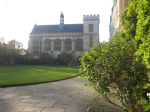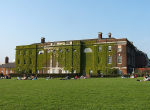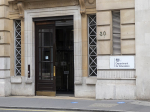
On July 11, a key British mortgage rate reached a 15-year high, surpassing levels seen after last year's "mini-budget" crisis. The average two-year fixed residential mortgage rate reached
6.66%, slightly exceeding the 6.65% recorded on October 20. This is the highest rate since August 2008 when it stood at 6.94%.
Following the turmoil caused by former Prime Minister Liz Truss's unfunded tax-cutting plans, the housing market in the UK showed signs of recovery in early 2023. However, homeowners and buyers have faced renewed challenges in recent months.
Fixed mortgage rates have risen rapidly due to higher-than-expected consumer price inflation, which remained at 8.7% in May. This has led to increased bond yields and raised market expectations for the Bank of England's benchmark rate, which is projected to peak at 6.5%, up from the current 5%.
Additionally, swap rates, which lenders use to determine mortgage borrowing costs, have also surged. In June alone, two-year swaps increased by 0.89 percentage points.
As a result, major mortgage lenders have adjusted their home loan offerings multiple times. However, many households are yet to experience the full impact of higher borrowing costs, as they are still bound by previous mortgage deals. The five-year rate, which reached its peak in October at 6.51%, rose to 6.17% on Tuesday.



































